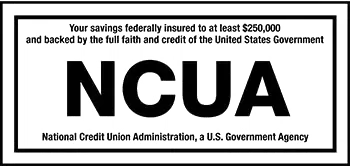Credit cards can be a helpful financial tool, but carrying too much debt can quickly become a financial burden. The cost of excessive credit card debt extends beyond just high-interest rates—it can impact your financial stability, credit score, and even your mental well-being. Let’s break down the true cost of carrying too much credit card debt.
The Financial Impact of High Credit Card Debt
The Weight of High-Interest Rates
Most credit cards come with interest rates ranging from 15% to 30%. If you’re only making minimum payments, a significant portion of your money goes toward interest rather than paying down your principal balance. For example, if you carry a $5,000 balance at 20% interest and only make the minimum payment, you could end up paying thousands in interest over time.
Minimum Payments = Maximum Cost
Credit card companies set minimum payments low to keep you in debt longer. A $5,000 balance with a 3% minimum payment means you could be making payments for years while barely making a dent in the principal. The longer you stay in debt, the more you pay in interest.
Late Fees and Penalty APRs
Missing a payment can result in late fees, usually around $25–$40 per missed payment. Even worse, some credit cards impose penalty APRs, which can exceed 30%, making it even harder to pay off your balance.
The Hidden Costs of Credit Card Debt
Lower Credit Score
Carrying a high balance relative to your credit limit increases your credit utilization ratio, a key factor in your credit score. High utilization can lower your score, making it harder to qualify for loans, mortgages, or even renting an apartment.
Limited Financial Freedom
When a large portion of your income goes toward credit card payments, it limits your ability to save for important goals like a home, retirement, or emergencies. High debt can trap you in a cycle of financial stress and dependency.
Emotional and Mental Stress
Debt isn’t just a financial burden—it’s an emotional one. Constantly worrying about payments, interest, and due dates can create anxiety and stress, affecting overall well-being.
How to Take Control of Your Debt
Consider a Balance Transfer– Look for promotional balance transfer offers with lower interest rates to pay off your debt faster.
Prioritize High-Interest Debt–Use the avalanche method (paying off the highest interest first) or the snowball method (paying off smaller balances first for motivation).
Create a Budget and Stick to It – Track your expenses and focus on reducing unnecessary spending.
Seek Professional Help – If your debt feels unmanageable, consider working with a financial advisor or credit counseling service.
The Bottom Line
Credit card debt can spiral out of control quickly if left unchecked. Understanding its true cost—and taking proactive steps to reduce it—can help you regain financial freedom. If you’re feeling overwhelmed by debt, start today by making a plan, cutting back on unnecessary expenses, and exploring lower-interest options.
Taking control of your debt isn’t just about saving money—it’s about reclaiming your financial future.



